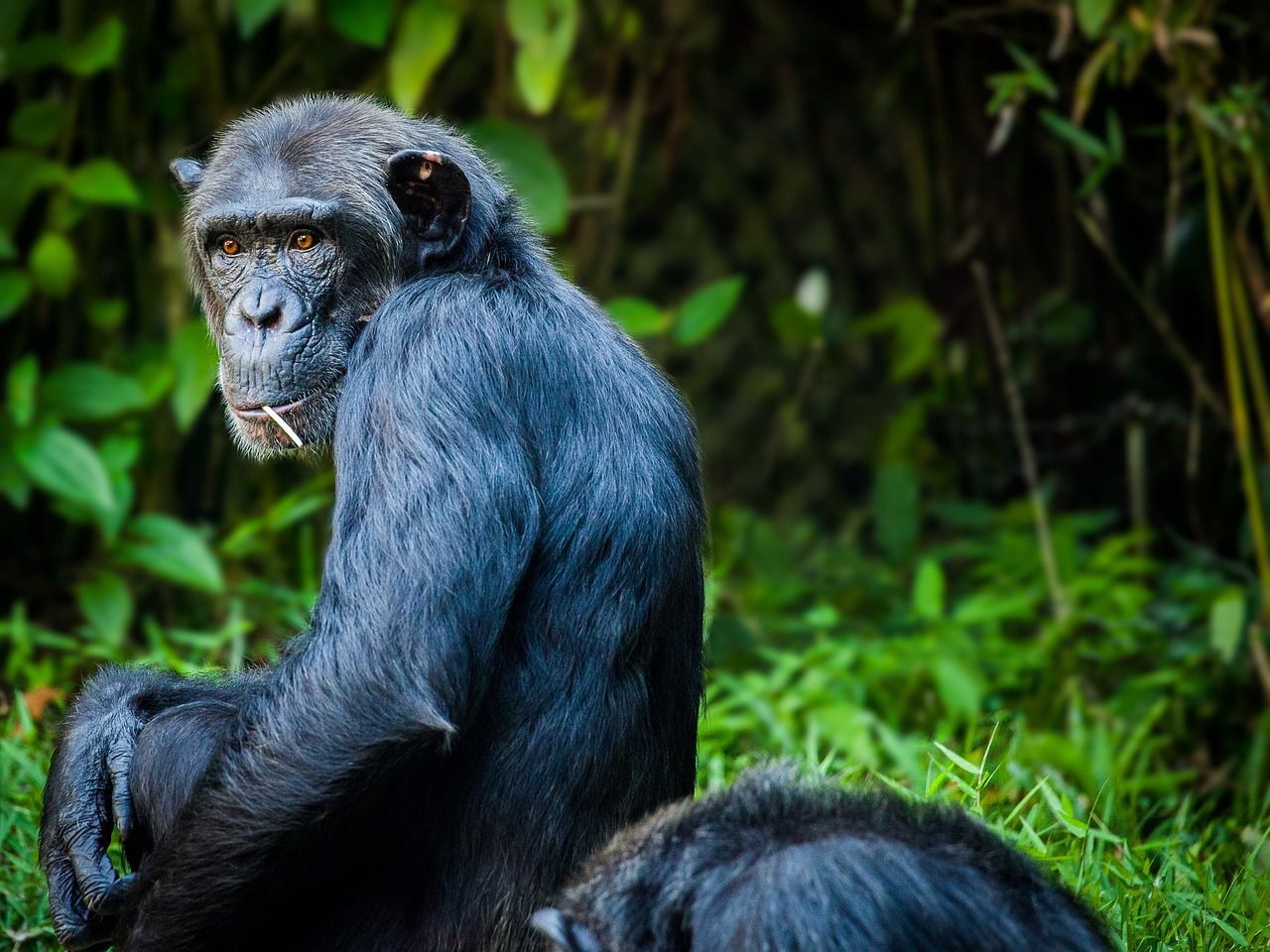Apes, such as chimpanzees, gorillas, and orangutans, have complex cognitive abilities and can communicate using various non-verbal methods.
At the same time, they cannot speak in the same way humans do due to a combination of biological, anatomical, and cognitive factors.
Here's why apes can't talk.
Anatomical Differences
The anatomy of ape vocal tracts, including their larynx (voice box) and vocal cords, is different from that of humans.
These anatomical differences affect their ability to produce the wide range of sounds required for human speech.

Neurological Factors
While apes possess sophisticated neural systems, the neurological control over their vocalizations and breath control is not as developed as in humans.
Human speech involves precise control over vocal muscles and the coordination of various brain regions.
Limited Fine Motor Control
Speech involves not only vocalizations but also the precise manipulation of the mouth, tongue, and lips to form different sounds.
Apes' fine motor control over these articulatory organs is not as advanced as in humans.
Vocal Learning
Humans have a specialized ability called vocal learning, which allows them to imitate and learn new sounds through auditory feedback.
Apes, while capable of mimicking certain sounds, do not possess the same level of vocal learning capability.
Evolutionary Differences
The evolutionary pathways of humans and apes have led to differences in their communication abilities.
While apes have developed sophisticated forms of communication within their own species, the development of human language involved a combination of genetic, anatomical, and cognitive changes that set it apart.









